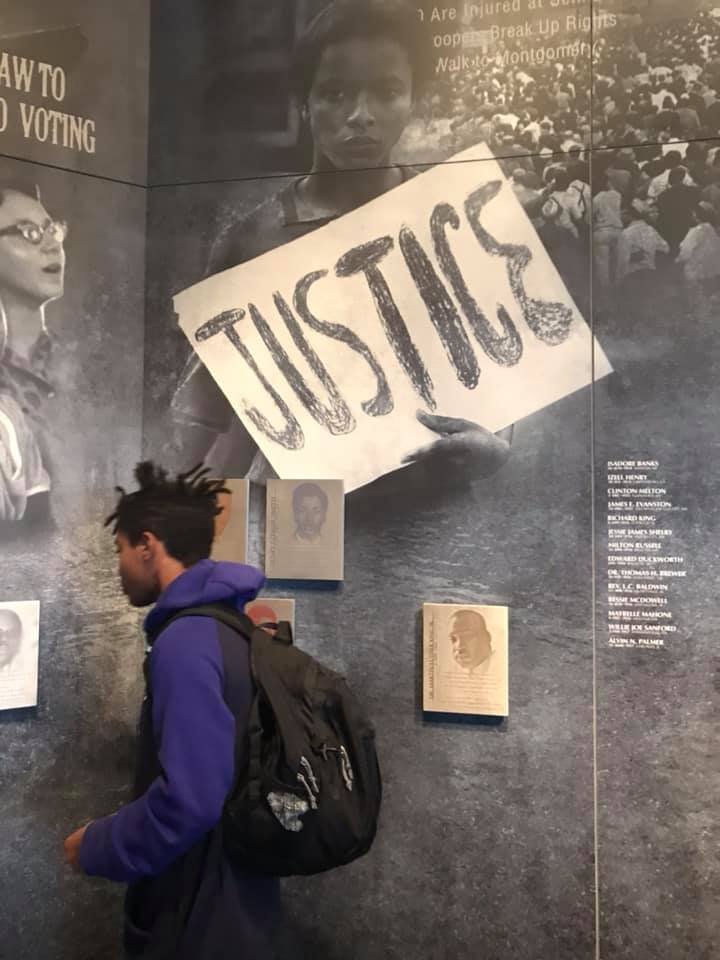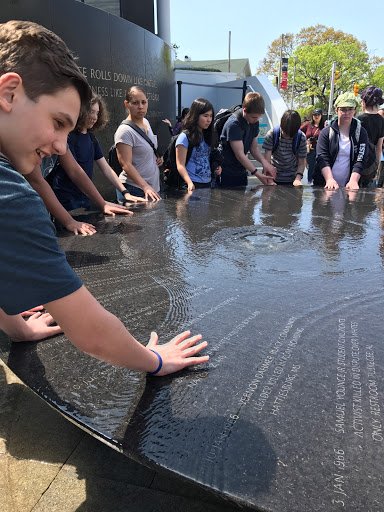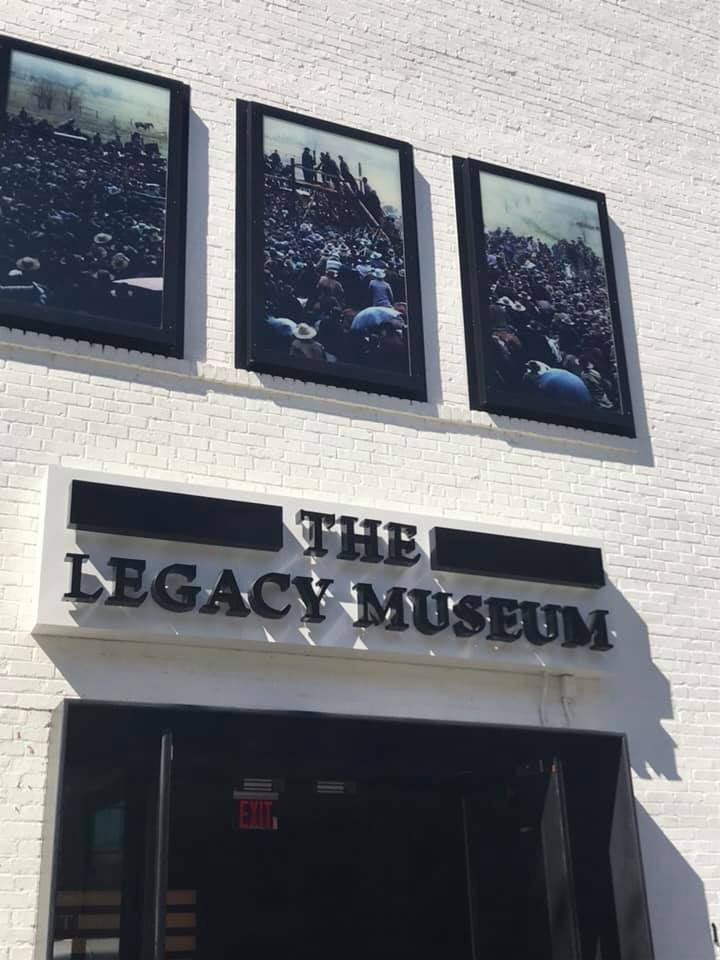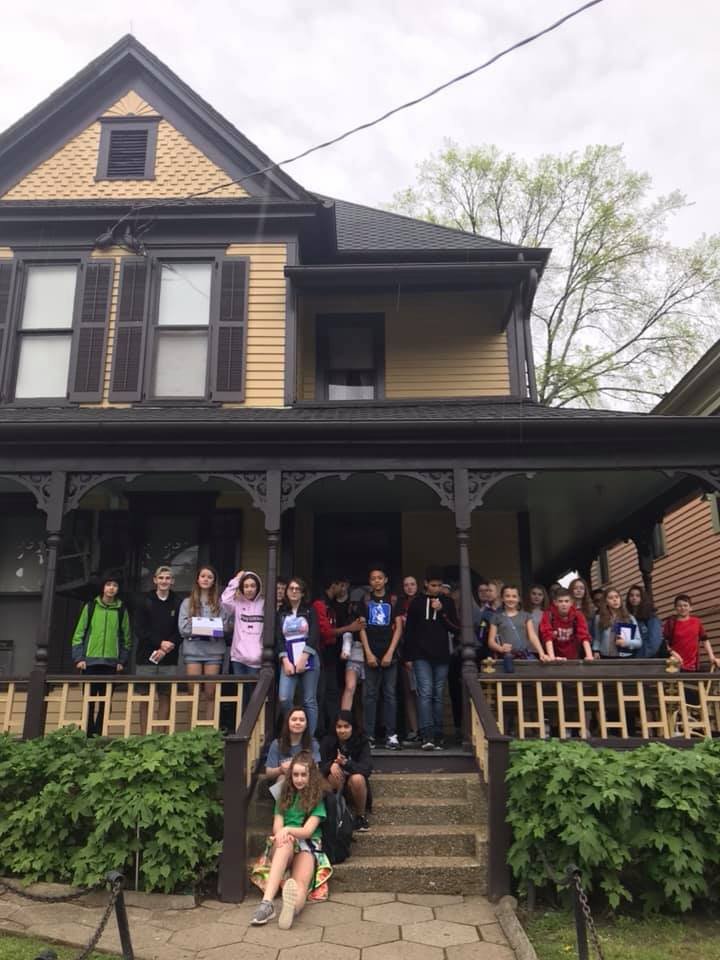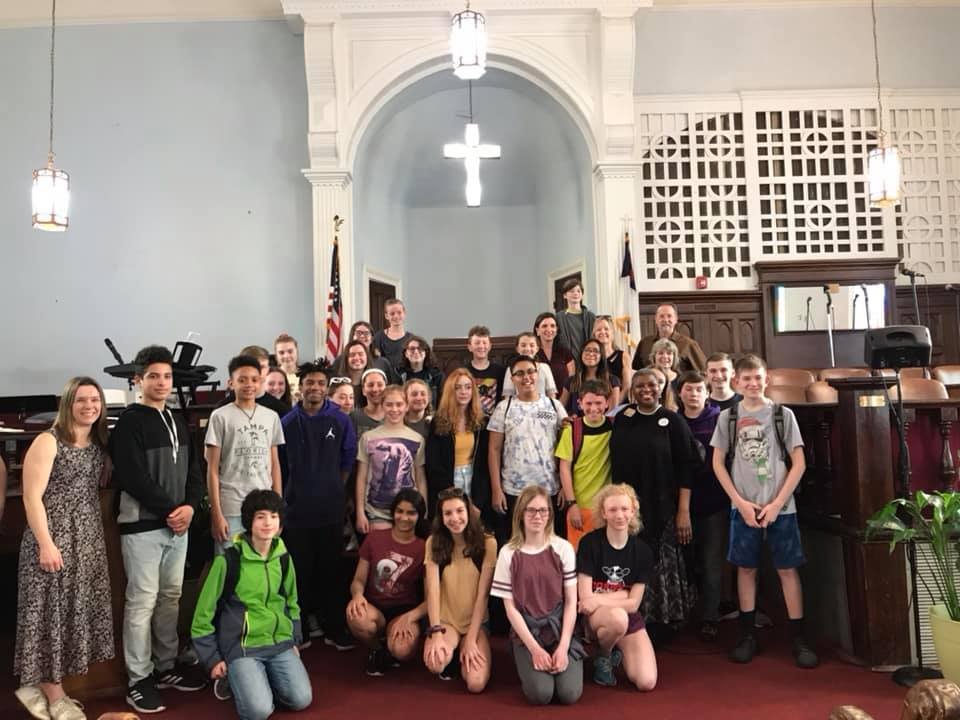Seventh & Eighth Grade
Dr. Maria Montessori viewed adolescence as a period of immense potential and transformation, and she advocated for an educational approach that honors the unique needs and abilities of adolescents while preparing them to thrive in an ever-changing world. She believed that adolescents possess a unique combination of curiosity, energy, and idealism, which can be harnessed to support their growth and development.

The Middle School Experience
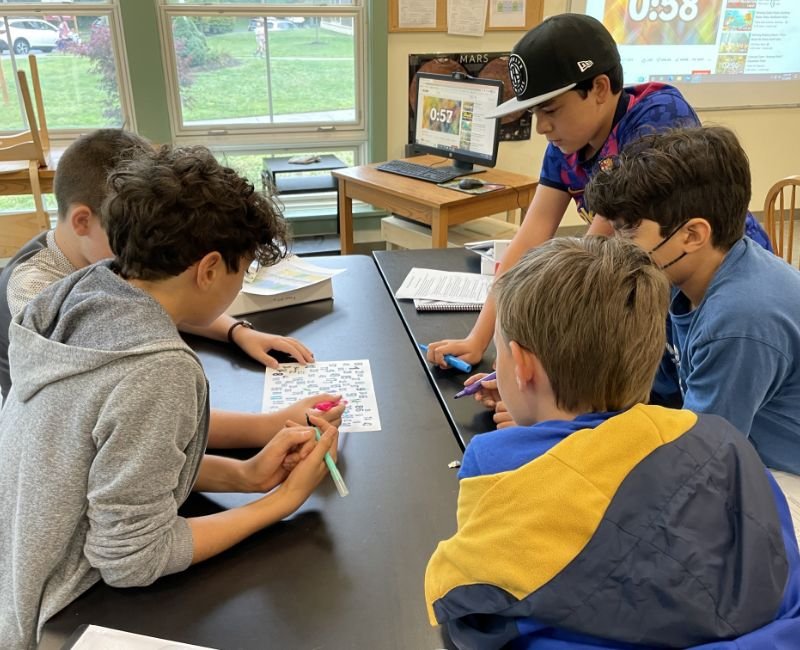
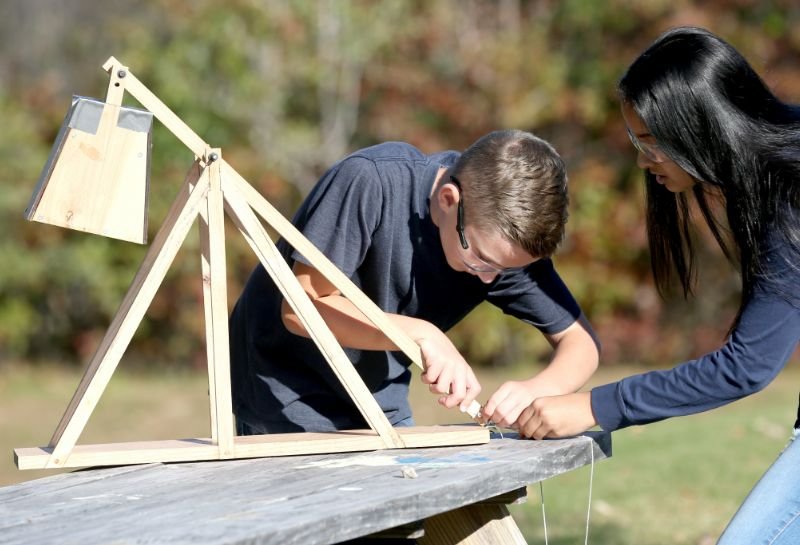
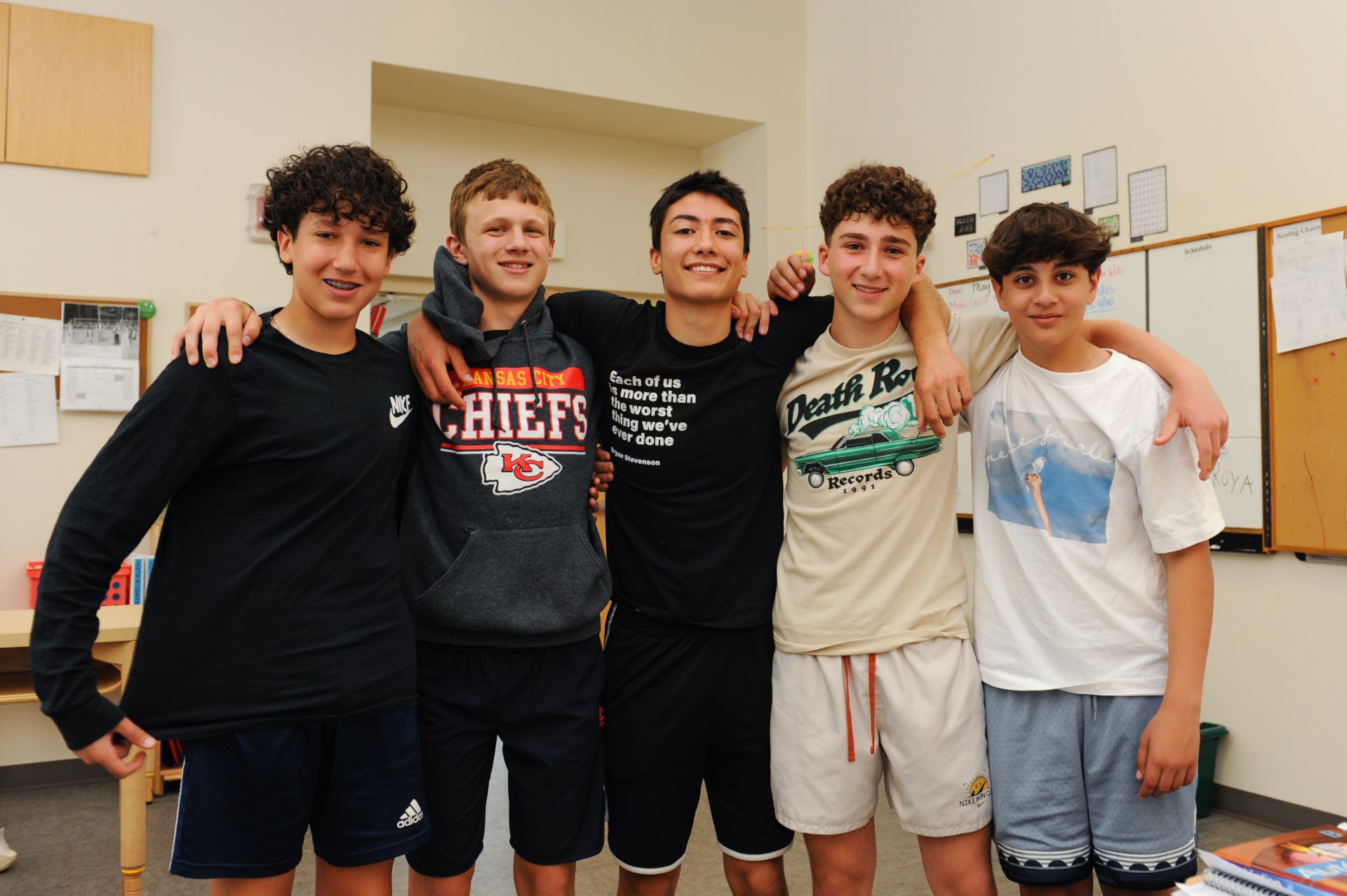
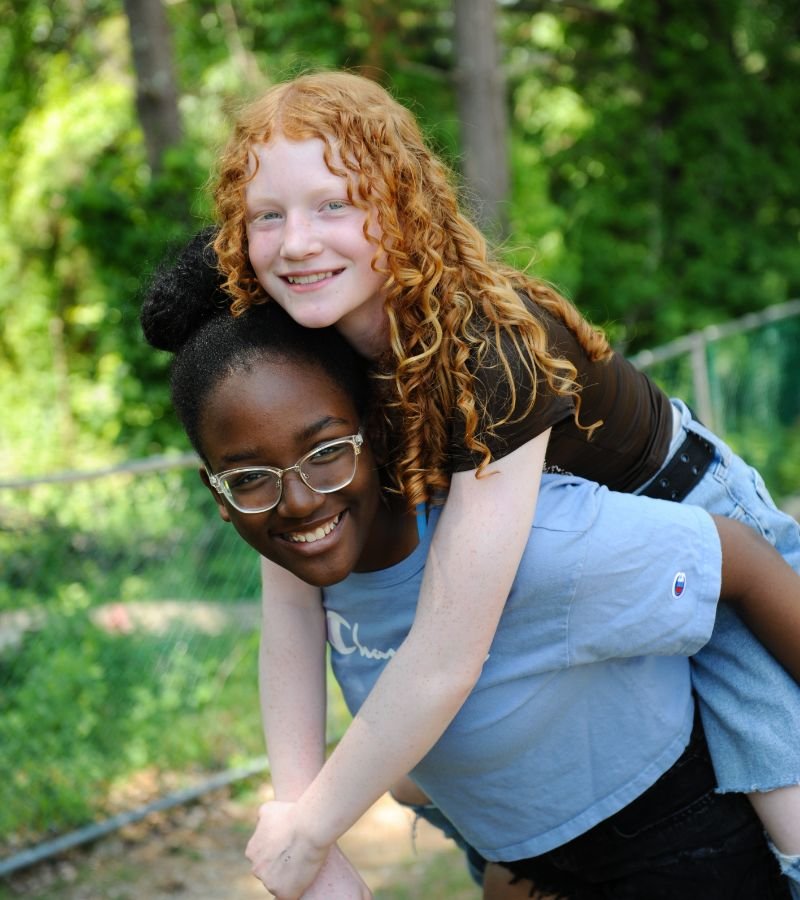
Special Subjects
Latin, Spanish, Fine Arts/Makerspace and PE
Latin-they use the Cambridge Latin Course, Unit I, which immerses them in Pompeiian life before the eruption of Mount Vesuvius in 79 AD. The focus is on Roman culture, English derivatives, and learning to read Latin directly.
Spanish-students cover basic grammar and vocabulary, with a strong emphasis on listening, speaking, reading, and writing skills. They also explore Spanish-speaking cultures and read a Level 1 Spanish novel at the end of the program, connecting cultural points, grammar, and vocabulary learned throughout the course.
Fine Arts- The students utilize a discipline-based arts education plan which presents individual artistic areas of painting, acting, singing, composing, photography, dance, and sculpture, and includes a general education for aesthetic literacy which integrates the arts with other academic endeavors.
Physical Education-Students participate in a variety of exercises, sports games, and fitness routines tailored to their ability level, with an emphasis on overall wellness and lifelong physical activity habits.
How WHMS Meets the Needs of the Adolescent
The Montessori adolescent experience is a unique and transformative journey that prepares students for the transition to adulthood by emphasizing academic, social, emotional, and practical skills.
Additional Opportunities
- Community meetings: Students facilitate, record minutes, plan for events, resolve community issues
- School Trips: Experiential learning, development of autonomy and responsibility, trip planning and preparation
- Students to pursue and develop individual interests, service endeavors, occupations work, differentiated learning, multiple pathways toward reaching learning objects
- Community Service: All students engage in service learning curriculum, develop, and implement a student designed service project
- Micro-economy/student-run business: Budgeting, inventory, record keeping, cooking, entrepreneurial skills, teamwork, marketing, using tools like Excel
- Student led activities: Service, School Store, Coffee House, Banking, Gardening, Embroidery (changing each year)

The Civil Rights Journey Trip
The adolescent needs to be a part of real world experiences. Practical application of lessons can support a greater depth of understanding. Students learn about the Civil Rights movement and then immerse themselves for a week long trip in the south.
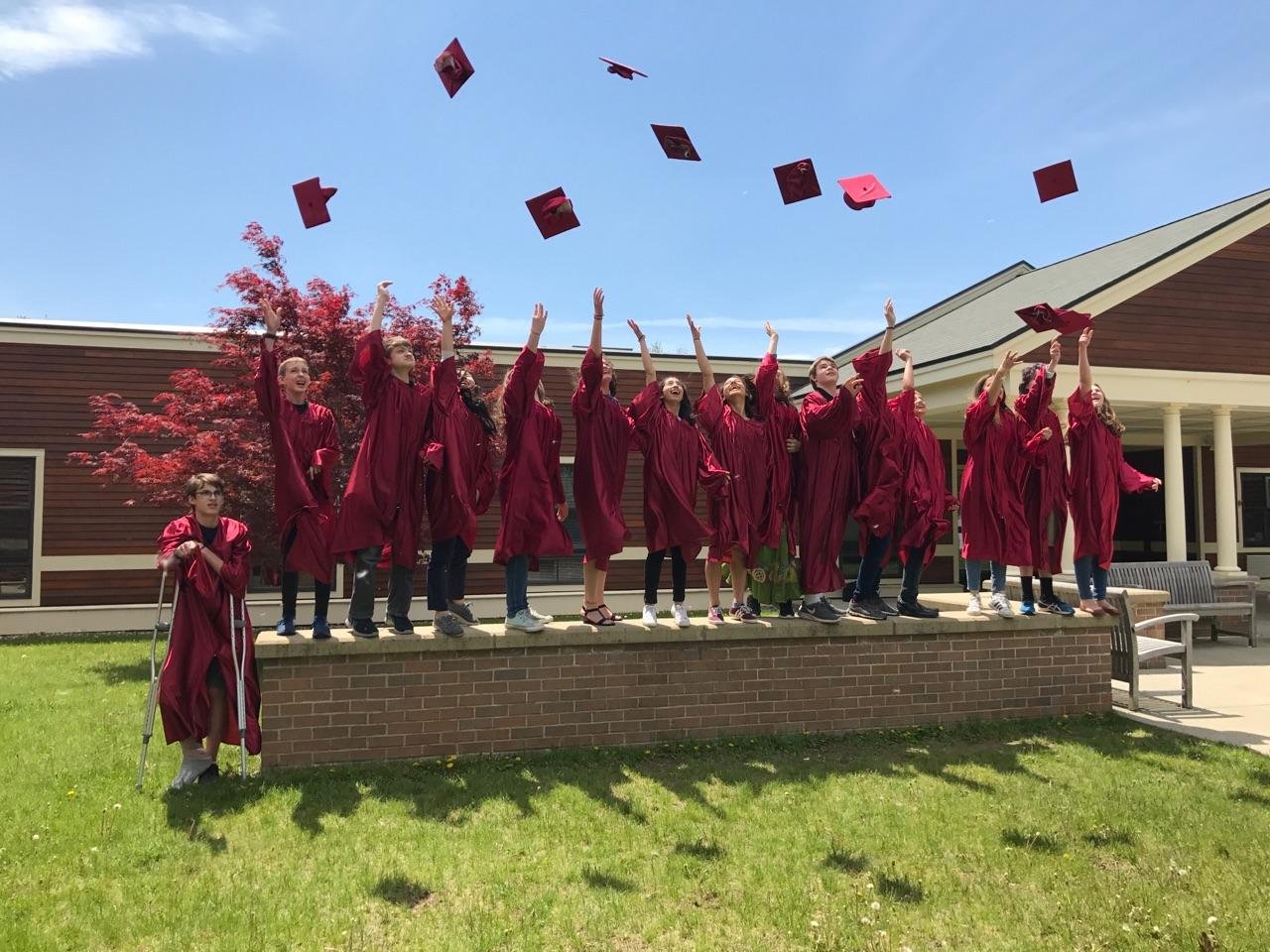
Beyond WHMS
The foundation provided to our alumni at Woodland Hill Montessori School supports a successful transition to both public and independent high schools.
